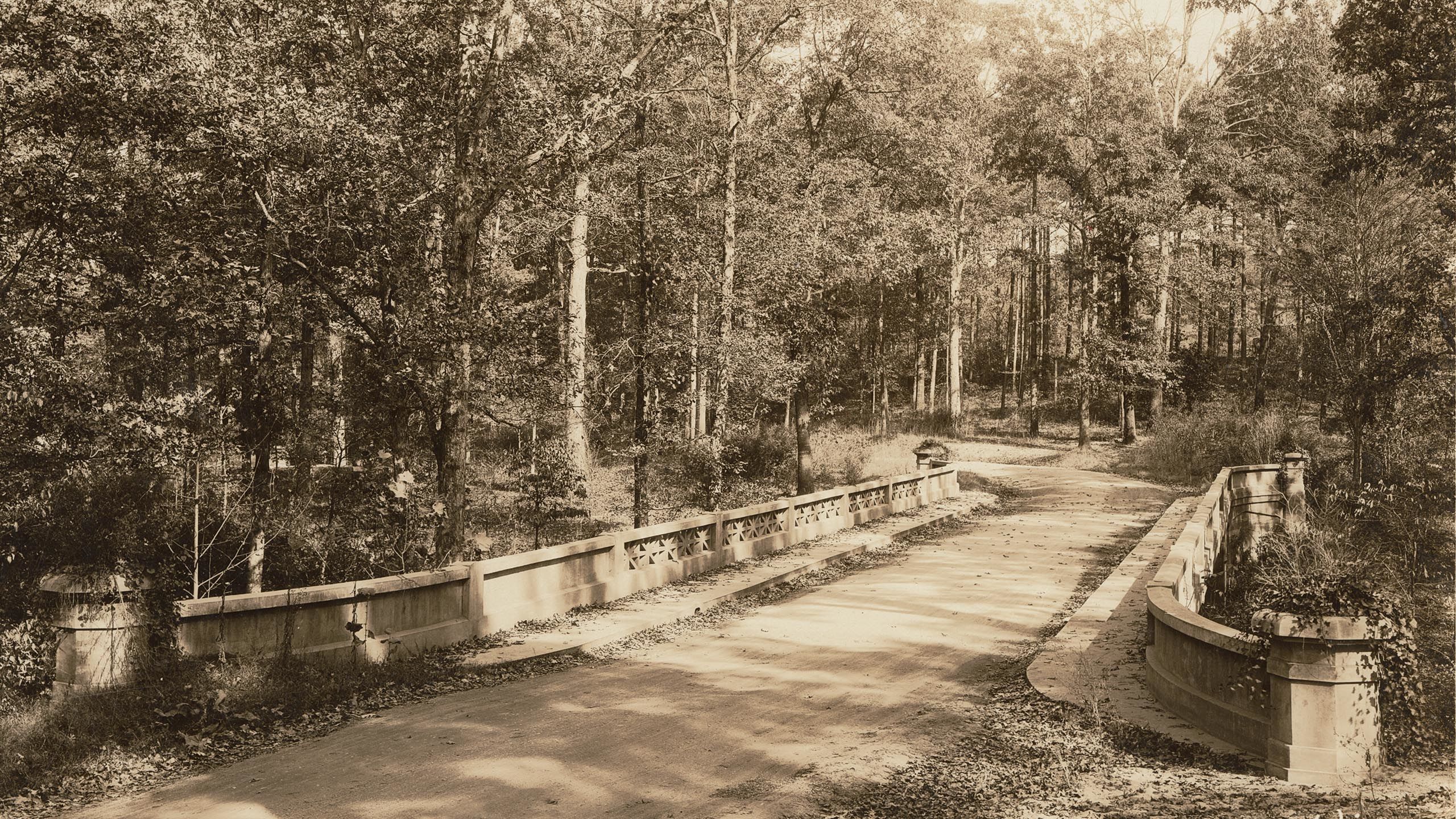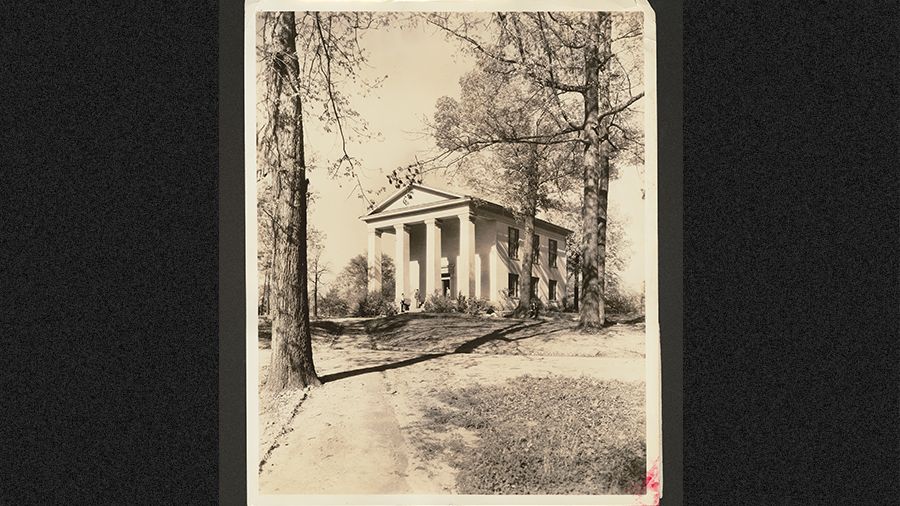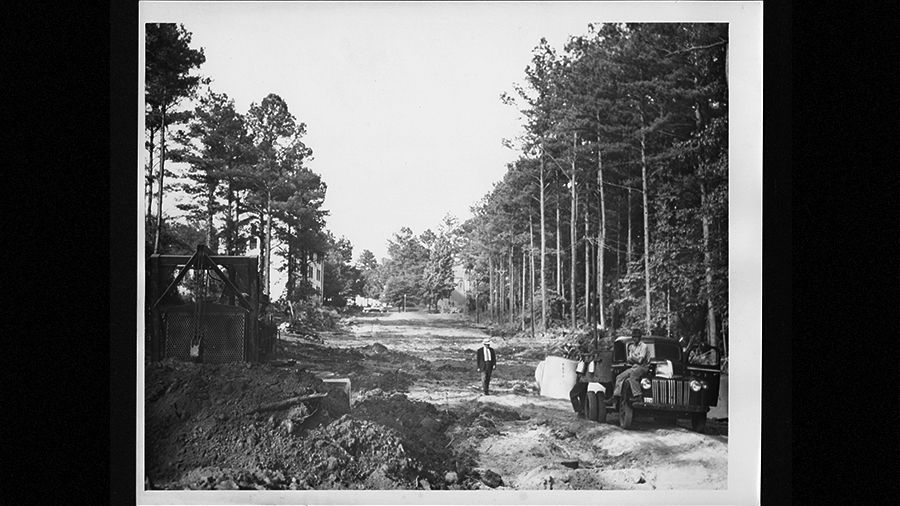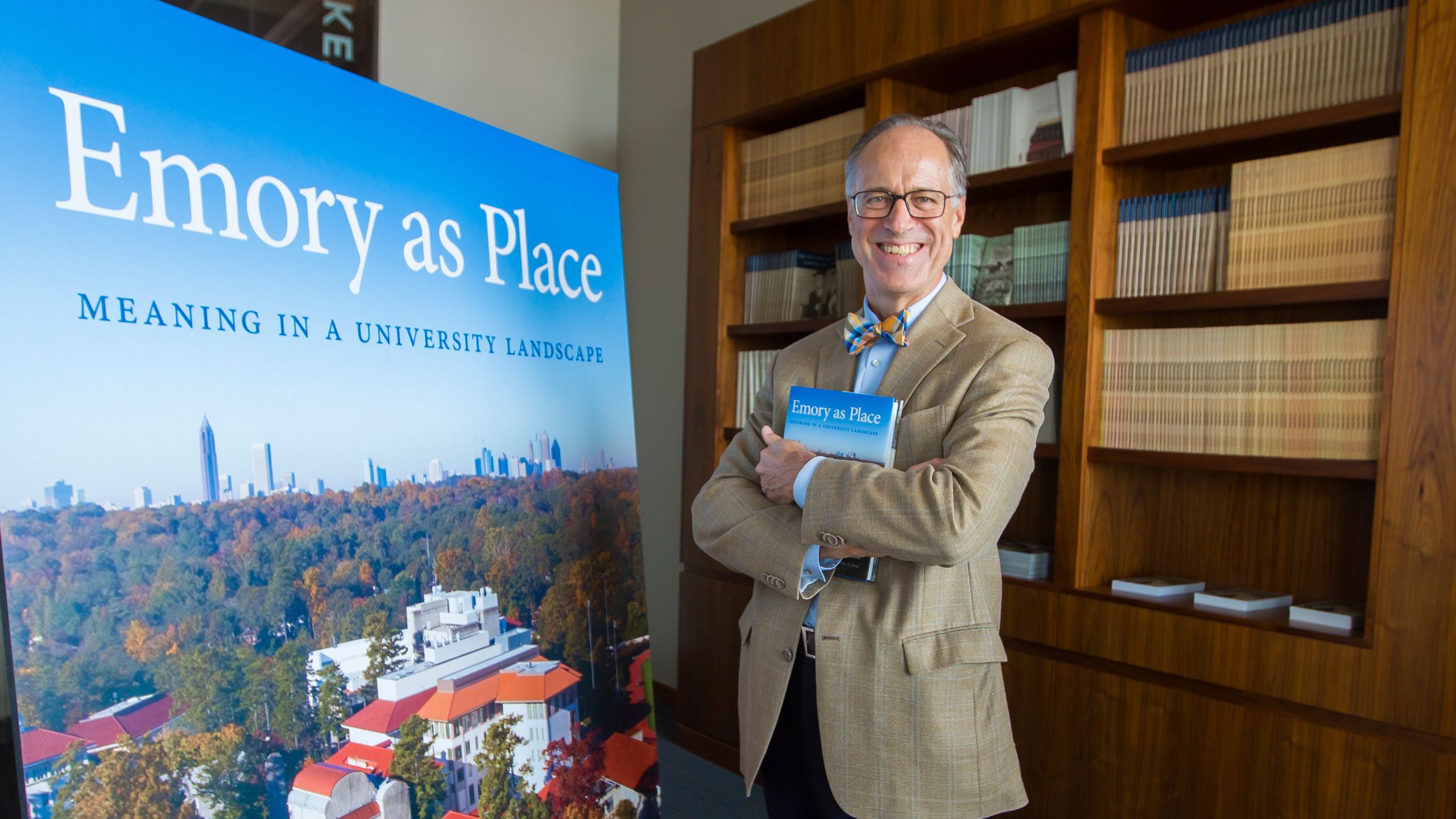The Trees in the Forest
Let us begin the Emory story with the oldest living inhabitants of the place—the trees. How old some of them are, it’s hard to say. Those whose age we know, however, have stories and legends worth sharing. Here is one.


In the town of Oxford, students banded together in 1837 to form the Phi Gamma literary society. In 1851, if the records are accurate, the Phi Gammas completed the construction of their own building on a corner of the college green. A hundred and fifty years later, at the turn of the new millennium, the structure had aged poorly. It had once resounded with the debates of young men and had even served briefly as a place to care for the wounded and dying after the Battle of Atlanta in 1864. But by 2000, architects and engineers reported that only major structural repairs would keep the building usable. To preserve this bit of campus history, the university spent a year giving the building a major makeover. That work led to a fascinating discovery. A wooden beam holding up the floor of Phi Gamma had to be replaced, and when workers removed the beam and counted the rings of the tree it once had been, they numbered more than two hundred. Assuming that the tree had been felled in 1850 or 1851 for the new building, and counting backward for the number of rings, someone figured that the tree had taken root before 1650—nearly two centuries before Emory College enrolled its first students.

Few Hall circa 1950s
Few Hall circa 1950s
I do not know whether anyone thought to give thanks for the life of that tree when it was cut down. More likely, the woodsman who felled it viewed it as an infinitesimally small part of the continent’s inexhaustible supply of lumber. The earliest images of the Druid Hills campus show the beginnings of a school in a forest. This had been the sense of the founders of Emory College in Oxford as well. The groves of academe were filled with actual trees for many years in both places. Even as late as the 1960s, large stands of pine and oak gave the Druid Hills campus a sense of being far removed from the city only a few miles away.
Yet what interests me is not the forest but the trees—those pole-straight loblolly pines that stand like lonely sentinels here or there, or the thick-trunked oaks that guard the Quadrangle, or the white-blossomed ancient magnolias that screen the Baker Woodlands.
Some of these arboreal individuals have gained enough eminence over time to have earned their own name. Some, so to speak, have their own family tree.

Dickey Drive construction (originally Pierce Drive)
Dickey Drive construction (originally Pierce Drive)
Consider the many offspring of a particular East Palatka holly. A story passed down through the decades recounts a visit by university chancellor Warren Candler to St. Simons Island with his wife, Antoinette, or “Nettie.” Both John and Charles Wesley, the founders of Methodism, had ministered to American Indians and English colonists around Savannah and on the barrier island St. Simons in 1736, shortly after the founding of the colony of Georgia. The Wesley brothers often preached outdoors, and tradition held that one particular large and impressive live oak tree on St. Simons had shaded them during services of prayer and preaching. The tree came to be known as the Wesley Oak, and a photo of it from 1921 lives on the internet and appears in Lucian Lamar Knight’s Georgia Landmarks, Memorials, and Legends.

The ravine behind the law building, circa 1925.
The ravine behind the law building, circa 1925.
In a pilgrimage to that live oak with her husband, Mrs. Candler spotted a small holly bush growing out of shallow dirt in the crook of one of the tree’s massive, twisting branches. Most likely a seed left by a visiting bird had taken root on the branch. According to lore, she uprooted the little holly and brought it back to Atlanta for transplanting on the Emory Quadrangle. Years later, that holly had to be cut down, but not before groundskeepers took cuttings from it, rooted them, and planted them around the campus. Here and there, descendants of that original East Palatka holly bush, “the Wesley Holly,” still flourish on the campus.
Of the planting of trees, Emory cannot now get enough. Emory plants trees to celebrate new presidents and to honor departing presidents; to recognize distinguished service and to welcome new classes of students.

Campus in a forest Trees were valued and protected on the Oxford and Druid Hills campuses from their inception. A lush view captured Lullwater, circa 1958
Campus in a forest Trees were valued and protected on the Oxford and Druid Hills campuses from their inception. A lush view captured Lullwater, circa 1958
Of all the trees on the campus, the one dearest to me is the Nuttall oak near a bench in front of the entrance to Carlos Hall. The tree has no plaque at its base to identify it, though many Emory people know its story. It honors the memory of my son, Thomas, who fell victim to disease at the age of sixteen. The memory of his passing brings with it the recollection of an exquisite community who rallied around his family during seven weeks of hospice care in a hellish summer. “The Thomas tree,” as many call it, represents a remarkable chapter of compassion among Emory people. Two weeks after Thomas’s death, faculty and students and friends gathered around that young oak to speak a litany of grace and remembrance. And then a bagpiper—one from the pipe band that leads the Emory Commencement procession each year—skirled the tune of “Amazing Grace.”
In some ways at Emory it is the amazing grace of the trees that keeps the human spirit green. So long as we remember them.
To read more, get Hauk’s book, Emory as Place (University of Georgia Press, 2019). Royalties will be donated to the Rose Manuscript, Archives, and Rare Book Library.

Want to know more?
Please visit Emory Magazine, Emory News Center, and Emory University.


